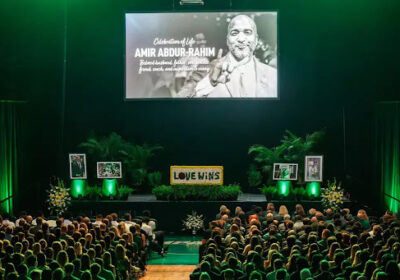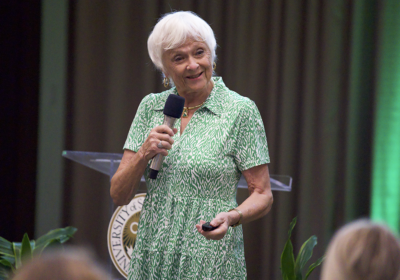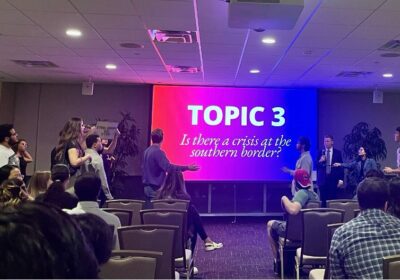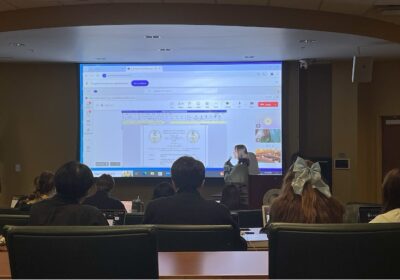USF paramedics check on Hunger Striker during sit-in protest
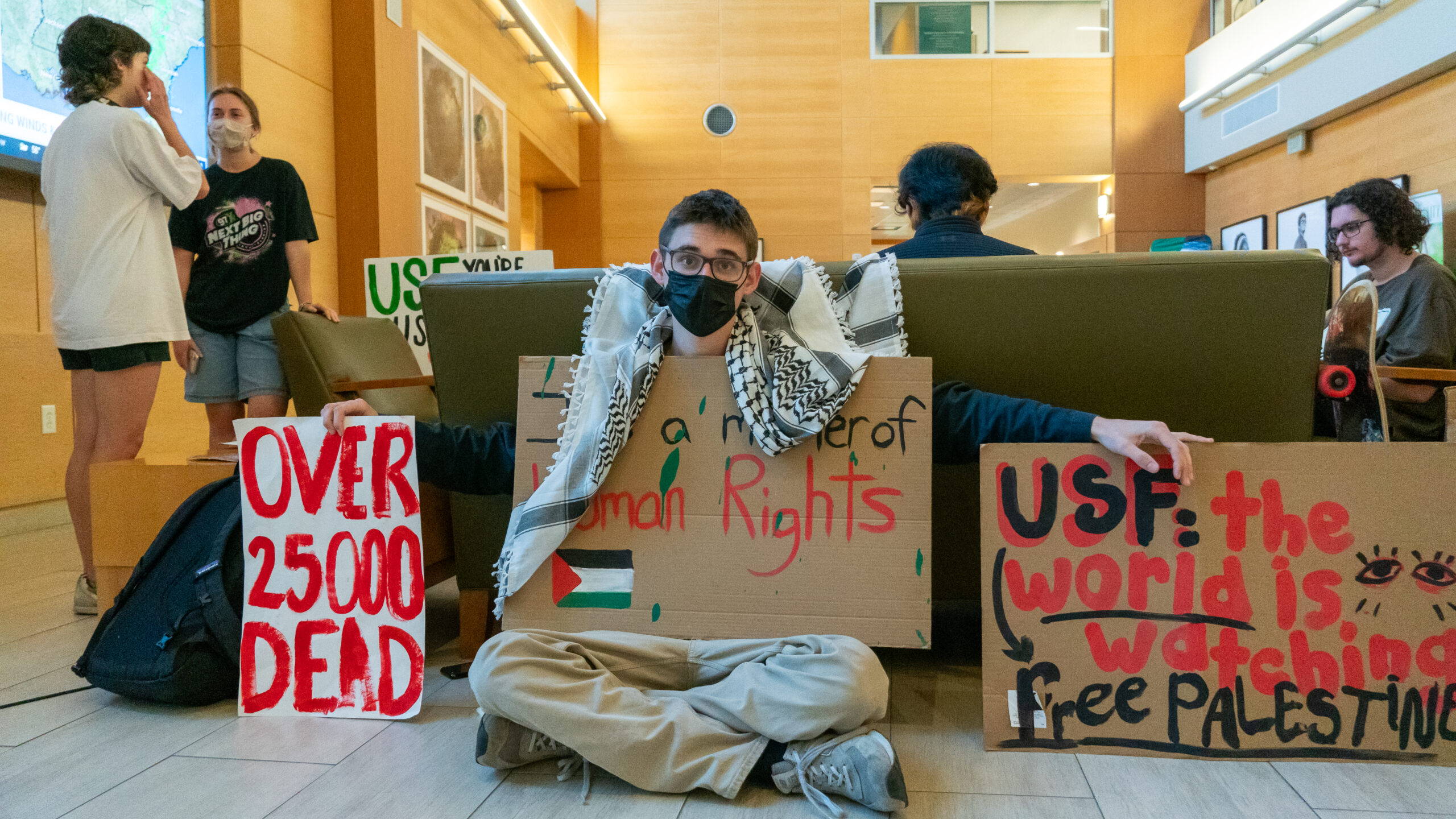
Four paramedics checked striker Will Mleczko’s vitals in a stretcher in the first hour of the USF Hunger Strike coalition’s three-day sit-in protest at the Patel Center on Tuesday.
The group of students will starve themselves until USF stops investing in companies that are “funding genocide” in Palestine.
Related: USF students go on a hunger strike for Palestine: ‘Putting our lives on the line’
Dean of Students Danielle McDonald and a Community Service Officer followed Mleczko out of the lobby and observed him while USF paramedics checked on him. McDonald said a student on the sit-in must have called Mleczko an ambulance.
After 20 minutes, the ambulance left with the paramedics.
As the seven strikers reach nine days with no food, Mleczko said he is “not doing so great.” The strikers are still only consuming water and electrolytes.
“I can’t feel my left side of the body and my arm was really numb this morning,” he said.
Mleczko and strikers provided donuts for breakfast and ordered lunch for the other 10 students who were protesting in solidarity with the movement at the Patel Center. Despite choosing not to eat, strikers knew the 8 a.m. to 5 p.m. protest would hold students for at least two of their meals.
The coalition also hosted Iftar nights to break fast in the Muslim holiday Ramadan.
All strikers were wearing masks, slowly settling into the lobby with signs saying “Don’t look away.” Most signs were placed in between chairs and on the floor.
McDonald was leaning on the front desk of the lobby as the initial seven protesters set up.
“William, the signs have to be handheld or freestanding,” she instructed. “You can’t put them all over the floor like that.”
Mleczko held one sign in each of his shaking hands and a third one, supported in between his crossed legs and chin.
Daily roundups of the protest are posted on the Hunger Strike Coalition’s Instagram account.
Between day three and eight with no food, nine strikers dropped out due to health conditions, leaving the movement with seven original strikers and 12 solidarity strikers that joined throughout the last six days.
While the strikers have a bigger cause in expressing dissatisfaction with the university, they are all still students. Most protestors had their computers set to online classes or assignments – typing with one hand and holding a sign with another.
USF administrators voiced their health concerns related to starving during the last Board of Trustees (BOT) meeting on March 18. Chairman Will Weatherford addressed strikers in the first seconds of the meeting.
Related: USF pro-Palestine hunger strikers removed from BOT meeting
Asking other students in the meeting to talk to their colleagues and reminding them of the dangers of going without eating, Weatherford pleaded with the strikers to end the movement.
“I would like to warn you of the dangers of hunger striking, I respect your desire and passion … but that could lead to severe bodily harm,” Weatherford said.
Despite the brain fog, nausea, numbness in his legs and arms, and dizziness, Mleczko said he is privileged to be able to do this and it is “the bare minimum.”
“It’s very sad and depressing,” he said. “I am turning 20 in two days. Most of the children in Gaza were even younger and they are dead.”
Strikers and solidarity protesters will “occupy” the Patel Center again on Wednesday and Thursday, from 8 a.m. to 5 p.m.
Stay with The Oracle for updates on the hunger strike.

















